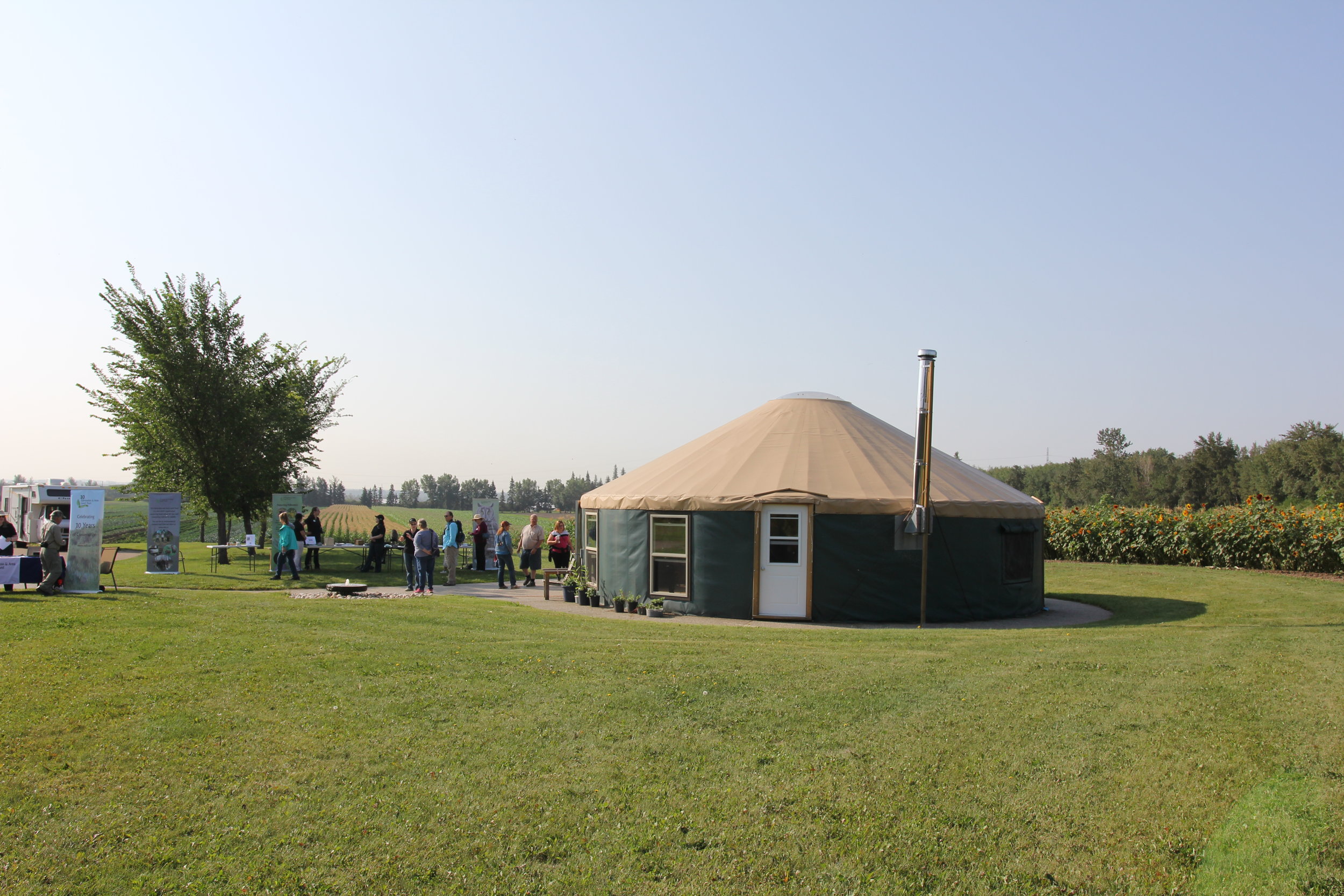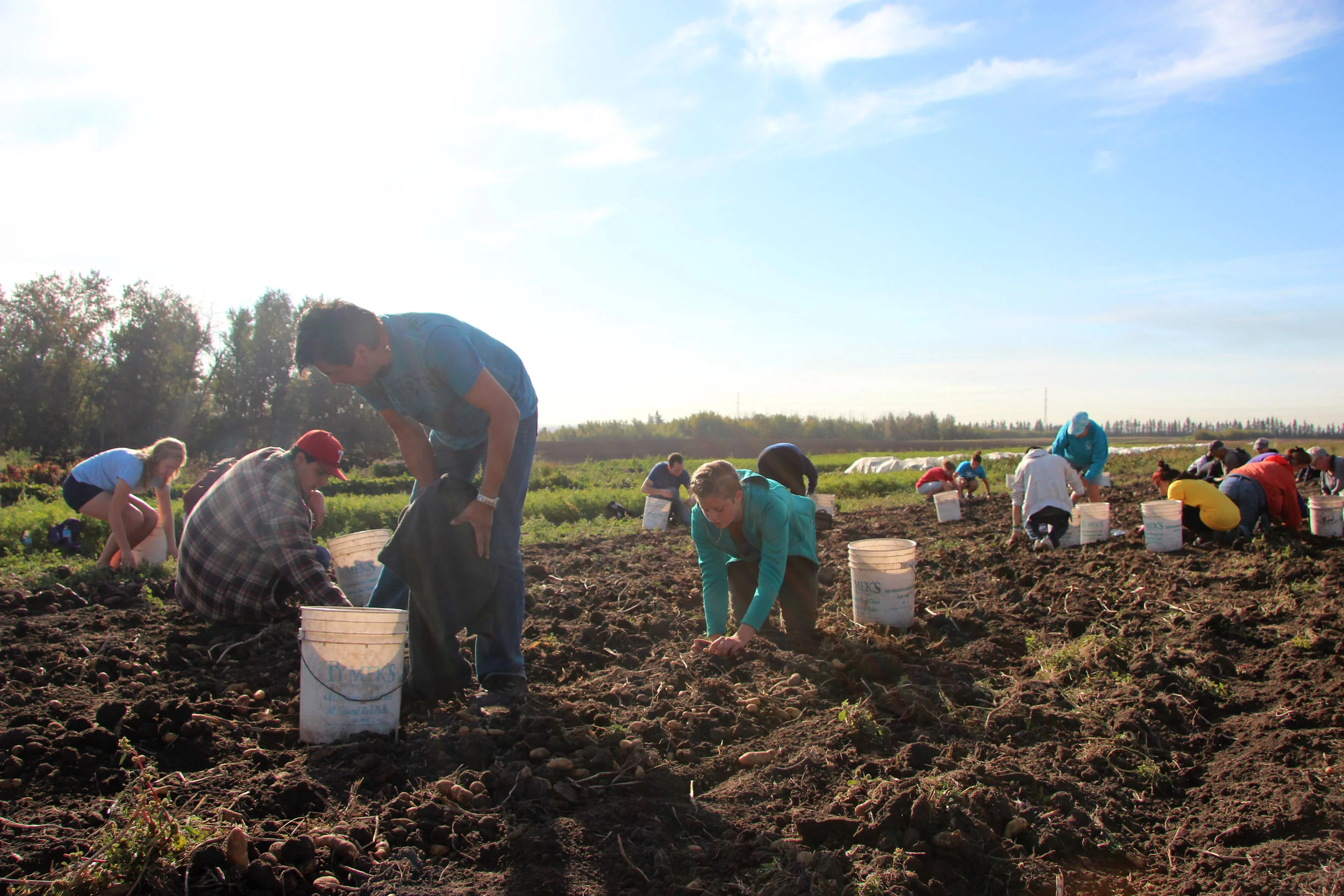
LOCATION
line
• Located in the City of Edmonton
• 93 Acres
• Old growth forest and prime agricultural lands
Please note this land is not open for visiting by the public
““This land also includes the largest old growth forest in Edmonton’s river valley. Our forest is a great carbon sink and a great habitat of biodiversity, with many different types of creatures and plants, including numerous traditional medicines.”
- Doug Visser”
Wildlife and Habitat
New Jubilee Conservation Land contains one of the largest remaining tracts of old-growth forest within the city of Edmonton, making it key habitat for a diversity of wildlife. The dominant habitat types are mixedwood and coniferous forest, with many shrubs including chokecherry, saskatoon, high and lowbush cranberry, and beaked hazelnut. This 93-acre property has 73 acres of intact native habitat that is home to deer, moose, coyotes, and over 90 species of birds. About 15 species at risk have been spotted on this land, including the Peregrine Falcon, Sora, and Baltimore Oriole.
Adjacent to the land is the North Saskatchewan River, which is an important corridor for wildlife. By protecting this section of river valley and its riparian areas, the New Jubilee offers a refuge for wildlife living in and moving through our fragmented landscape. As a conservation easement within city limits, the New Jubilee is an important piece of the conservation puzzle in Edmonton.
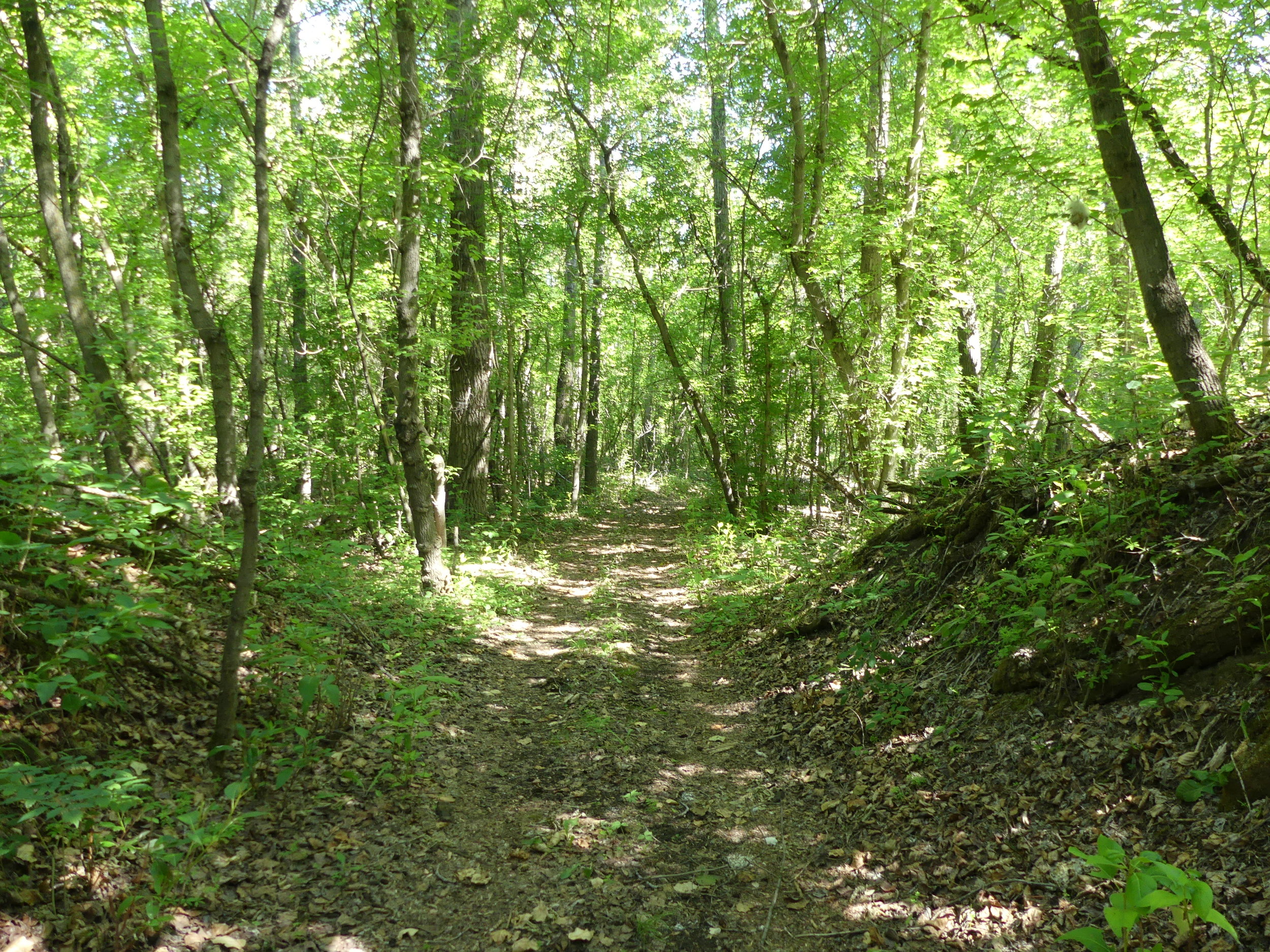
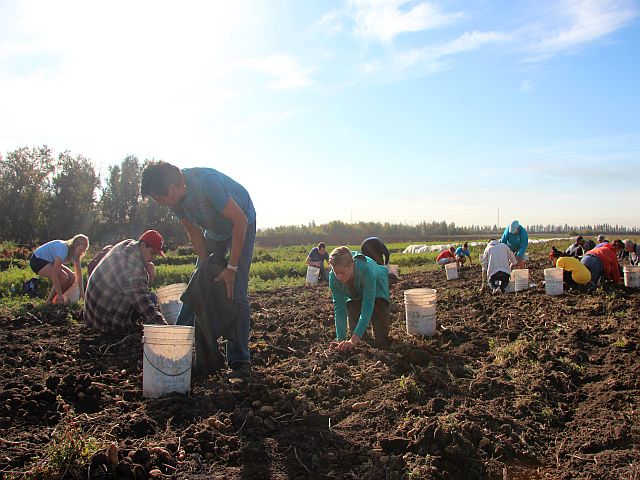
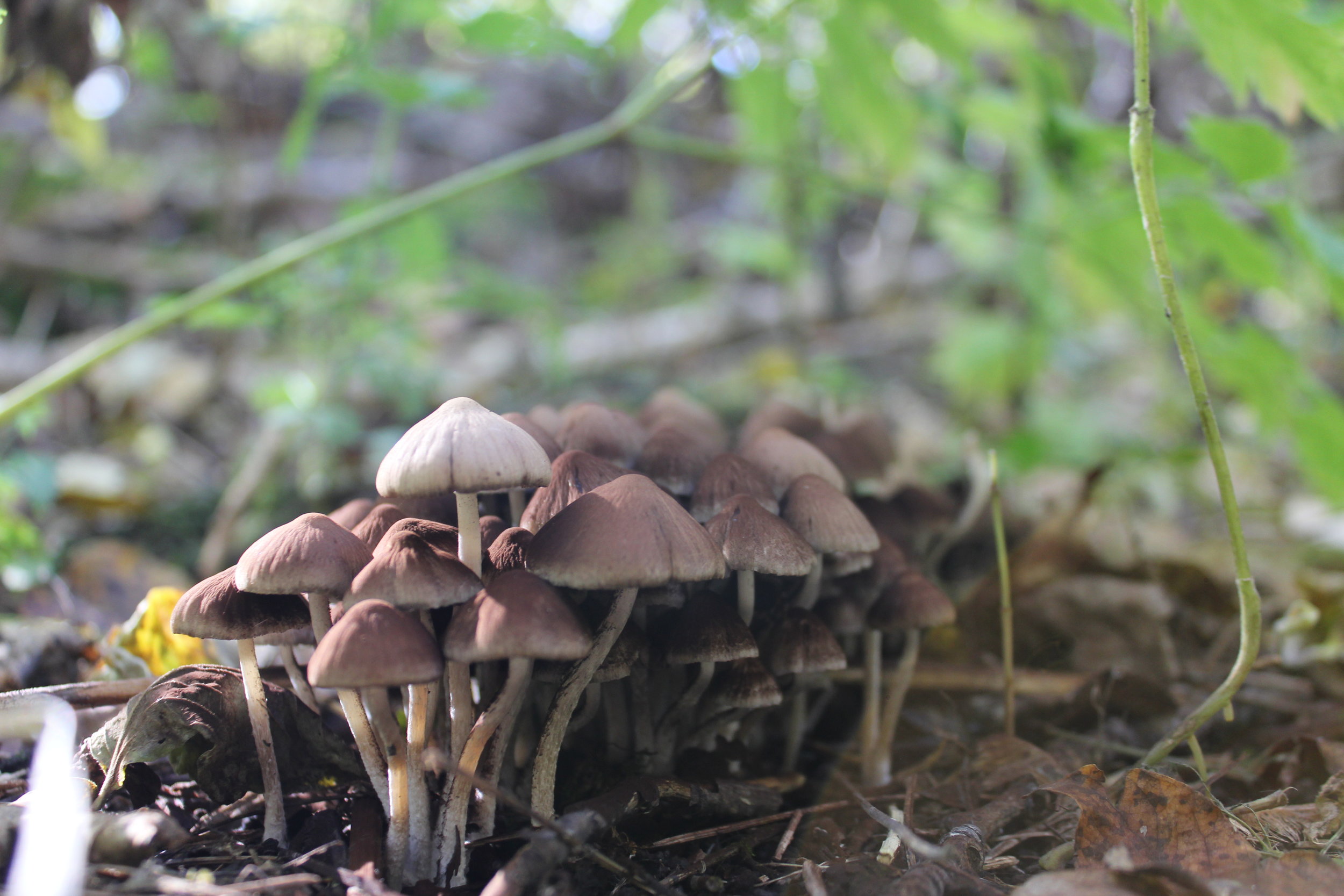
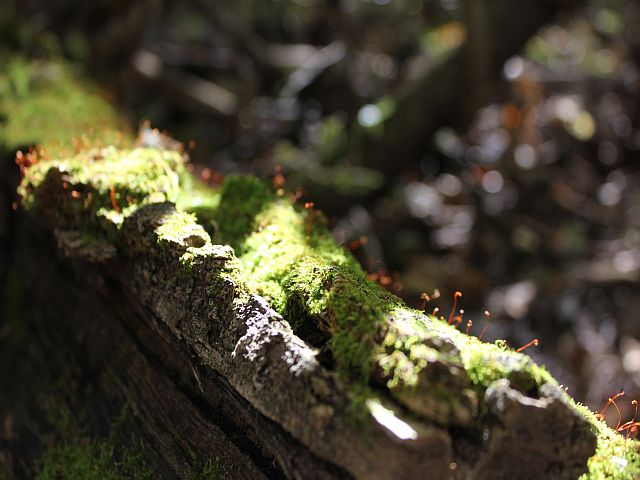


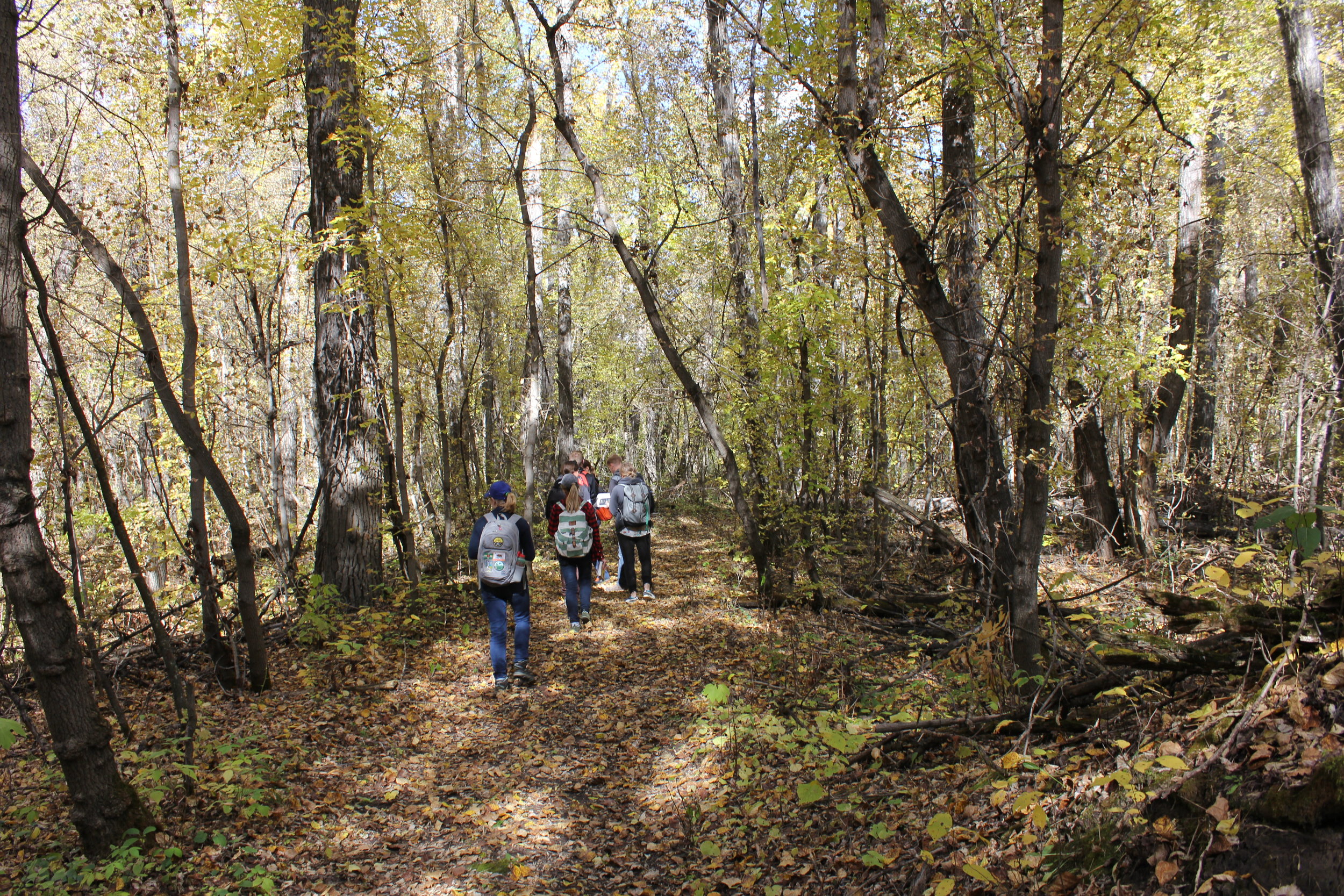
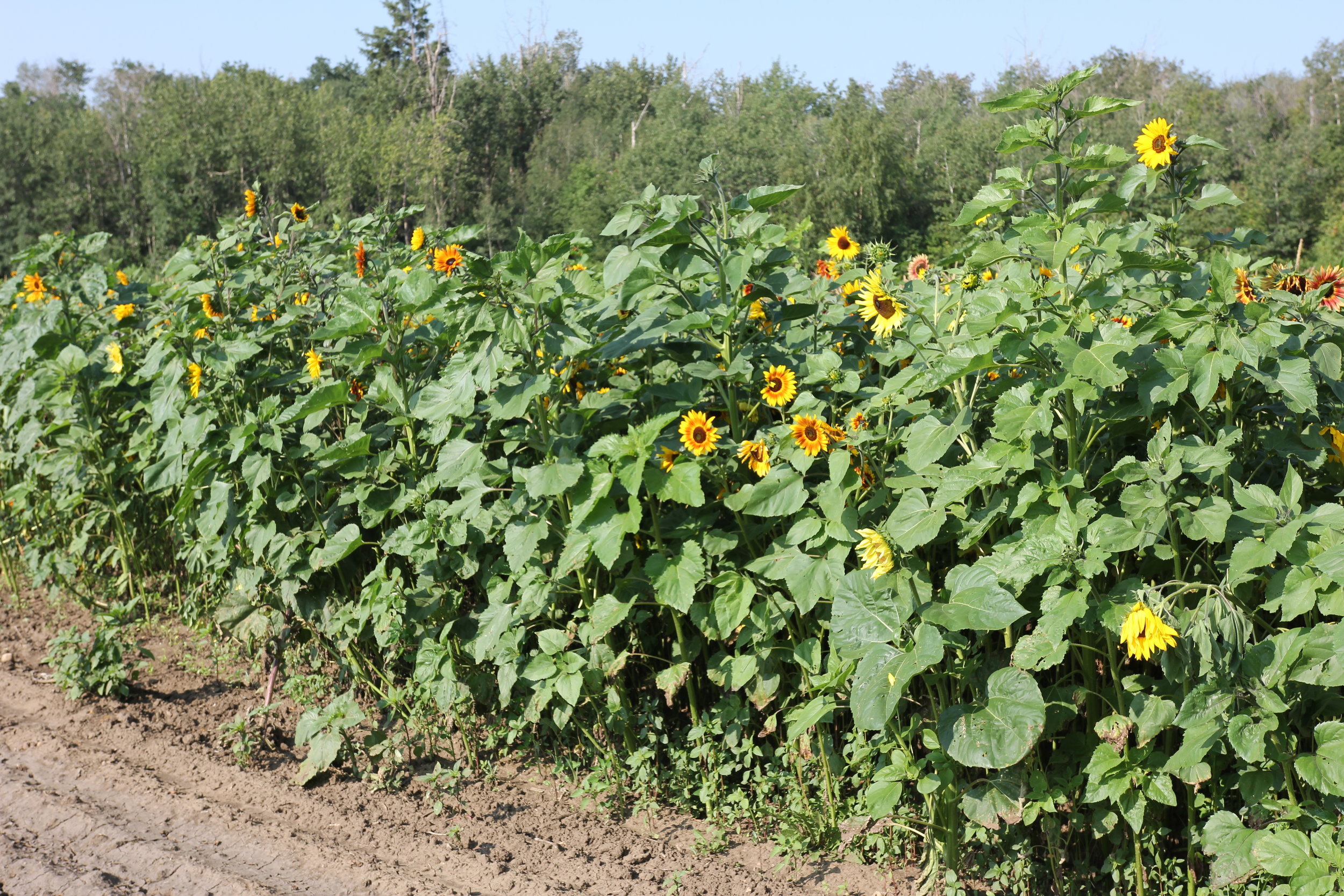

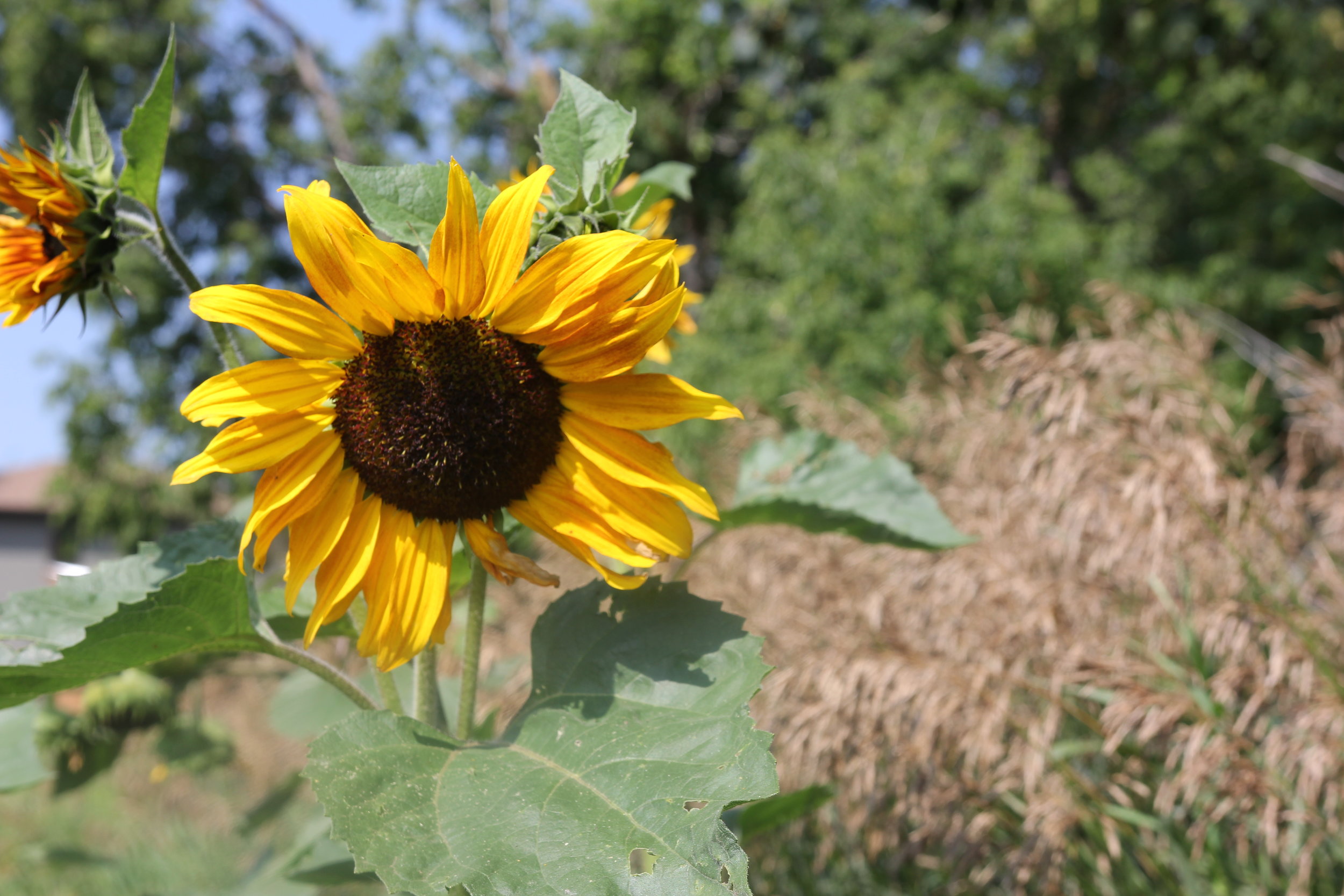

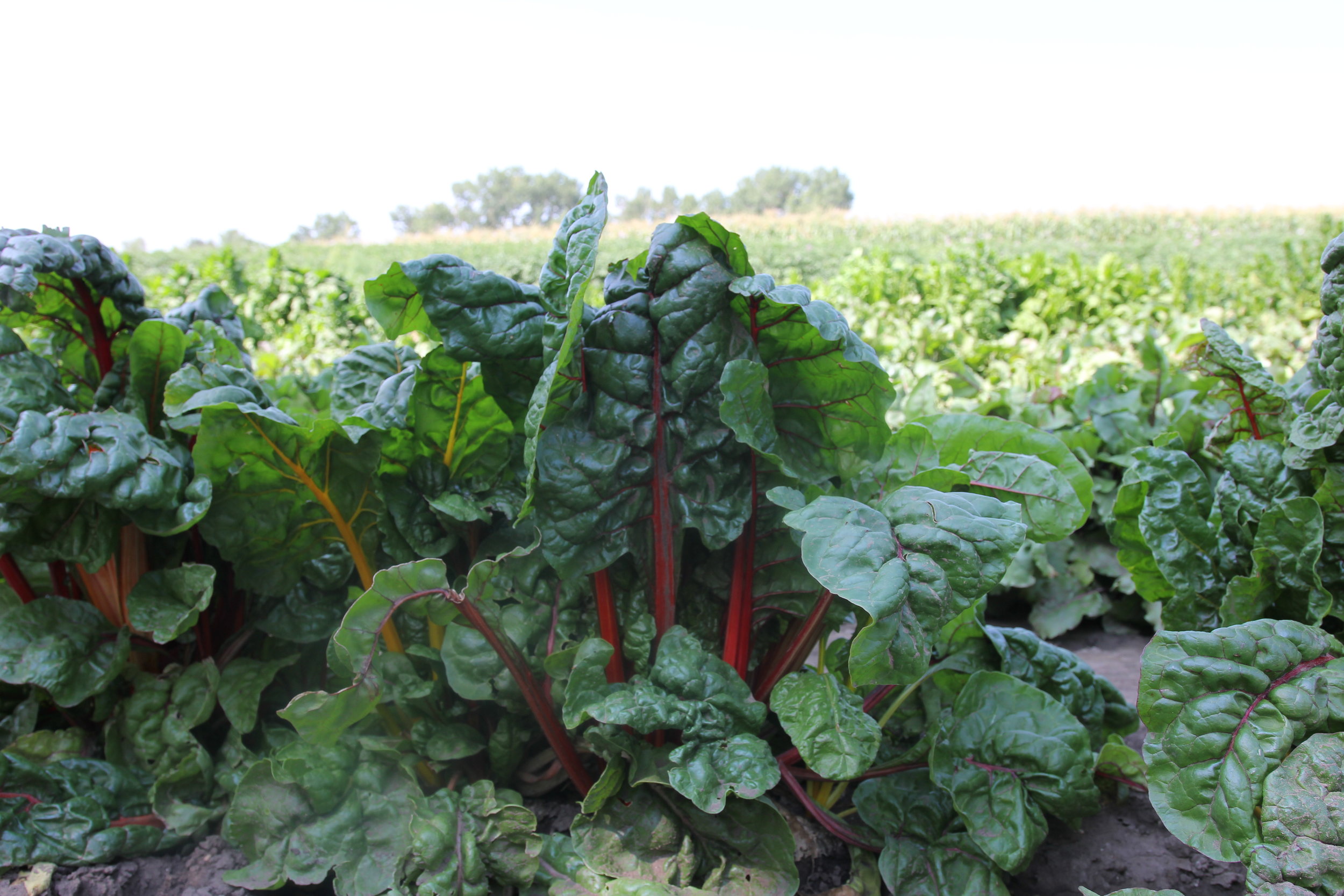
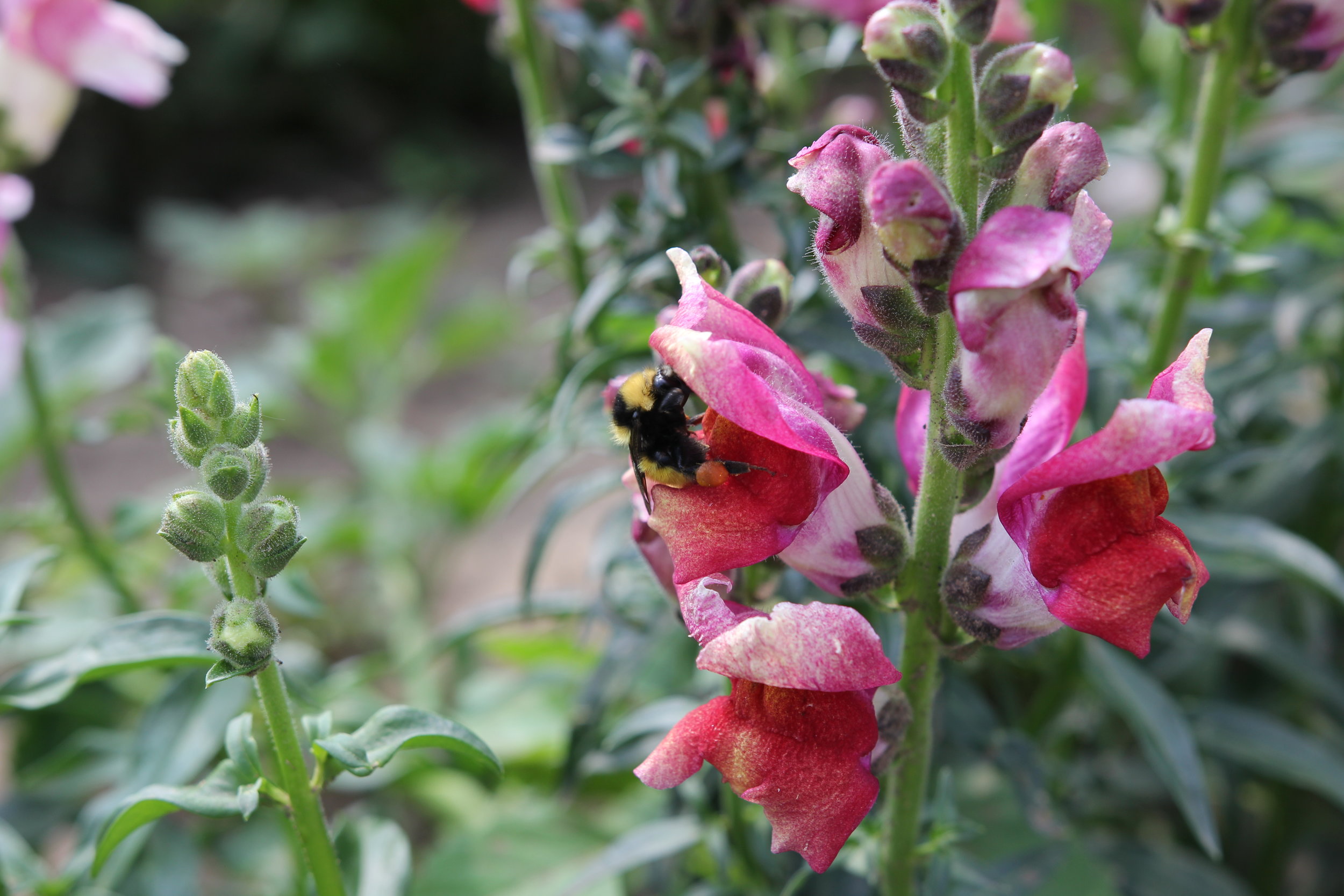
Importance
This land not only has critical habitat for wildlife, but also has exceptional community value.
It has 17 acres of agricultural lands which are unique for several reasons. But most prominent is the micro-climate created by its unique positioning next to the North Saskatchewan River, which affords longer growing seasons and sandy soil. This soil, called loam soil, contains sand, silt, and clay, which is a distinctive blend that holds nutrients and allows water to drain easily.
Product yields here are bountiful. South facing slopes provide ample sunlight for vegetables, making it an ideal location for Lady Flower Gardens to cultivate abundant quantities of fresh food. Lady Flower Gardens is a local non-profit and social justice garden that connects disadvantaged Edmontonians with agricultural experiences and fresh produce.
Indigenous Connections
This land is unique in that it is nested within a curve of the North Saskatchewan River in an area that has been used by Indigenous peoples for generations. The Nehiyawewin (Cree) name for the North Saskatchewan River is kisiskâciwani-sîpiy ᑭᓯᐢᑲᒋᐊᐧᓂ ᓯᐱᕀ, which means “swift flowing river”. The river and river valley was traditionally important for many nations including the Nehiyawak (Cree), Tsuut’ina, Anishnabee (Ojibway/Saulteaux), the Nakota Sioux, the Niitsitapi (Blackfoot), and the Métis. The river valley was important for harvesting plants, fishing, and harvesting materials for tool crafting. The river itself, as well as its tributaries, were the main modes of transportation for thousands of years. A number of indigenous artifacts have been found in this area, and the land continues to be used for traditional ceremonies and teachings today.
Recent News



